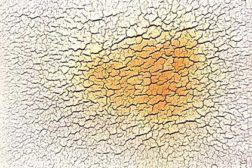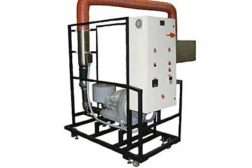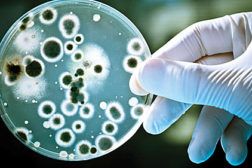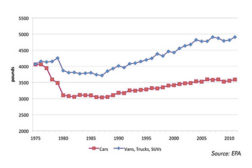Manufacturers
Various mechanisms and formulation components can cause sealant discoloration.
Read More
Extending Moisture-Cure Polyurethane Binders with Water
Water extension of reactive moisture-cure prepolymer binders has proven to be a practical technology with economic and performance benefits.
April 1, 2013
Drying with Sound
Acoustic drying can accelerate the converting and printing process.
April 1, 2013
Glutaraldehyde Uses and Counterfeits
Over the past decade, counterfeiters have increasingly made and sold products that they claim are glutaraldehyde based, but actually contain other ingredients.
March 1, 2013
Ask Dr. Dave: March 2013
Can you offer some advice regarding the sourcing of monomers for acrylic adhesives formulations?
March 1, 2013
Labor and Productivity Trends
Future job growth in the adhesives and sealants industry is expected to align with end-market demand.
March 1, 2013
Advancing Adhesives: Water-Based Polyurethane Goes Green
Soy oil replaces petroleum in water-based polyurethane coatings and adhesives.
March 1, 2013
Strategic Solutions: Fuel Economy Standards and the Adhesives Market
Robust demand is expected to offer opportunities for adhesives.
March 1, 2013
Editor’s Memo: Materials Handbook
Welcome to our annual Raw Materials, Chemicals, Polymers and Additives Handbook.
March 1, 2013
Keep the info flowing with our eNewsletters!
Get the latest industry updates tailored your way.
JOIN TODAY!Copyright ©2024. All Rights Reserved BNP Media.
Design, CMS, Hosting & Web Development :: ePublishing











